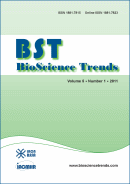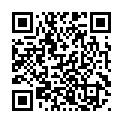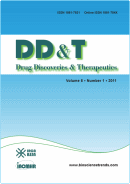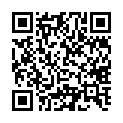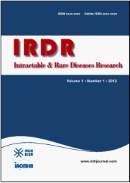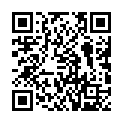Drug Discov Ther. 2025;19(5):285-293. (DOI: 10.5582/ddt.2025.01083)
Indicators of a moist wound environment and care to maintain a moist environment for early healing: A scoping review
Kunimitsu M, Izumi K, Kawamizu Y, Takezawa K, Nishida K, Honda H, Maeda Y, Yamauchi R, Yoshida R, Nakajima Y, Yamada A, Mukai K, Oe M
Although maintaining a moist environment is important for wound healing, excess moisture can delay wound healing. Furthermore, recommended assessment methods for moist environments in the latest consensus guidelines are subjective. This scoping review aimed to map indicators to assess the moist environment in a wound and summarize the effectiveness of wound healing care in maintaining a moist environment, as assessed using these indicators. We searched four databases, the Medical Literature Analysis and Retrieval System On-Line, Cumulative Index to Nursing and Allied Health Literature, PubMed, and the Japan Medical Abstracts Society database, using a combination of chronic wound- and moisture-related terms. Independent researchers screening the articles based on the inclusion criteria and extracting relevant data afterward. After screening 2,727 articles, eight met the inclusion criteria: original articles/case studies, studies involving patients with chronic wounds, studies on care to maintain a moist wound environment, and studies assessing wound healing and moist wound environment. The articles included in this review demonstrated that dressings that absorb or hydrate exudates and care decisions based on the moisture content of the wound surface were effective care strategies for wound healing. Additional research is required to determine the best objective indicator for the assessment of a moist wound environment because despite the numerous existing indicators, only few reference values for healing have been reported.


